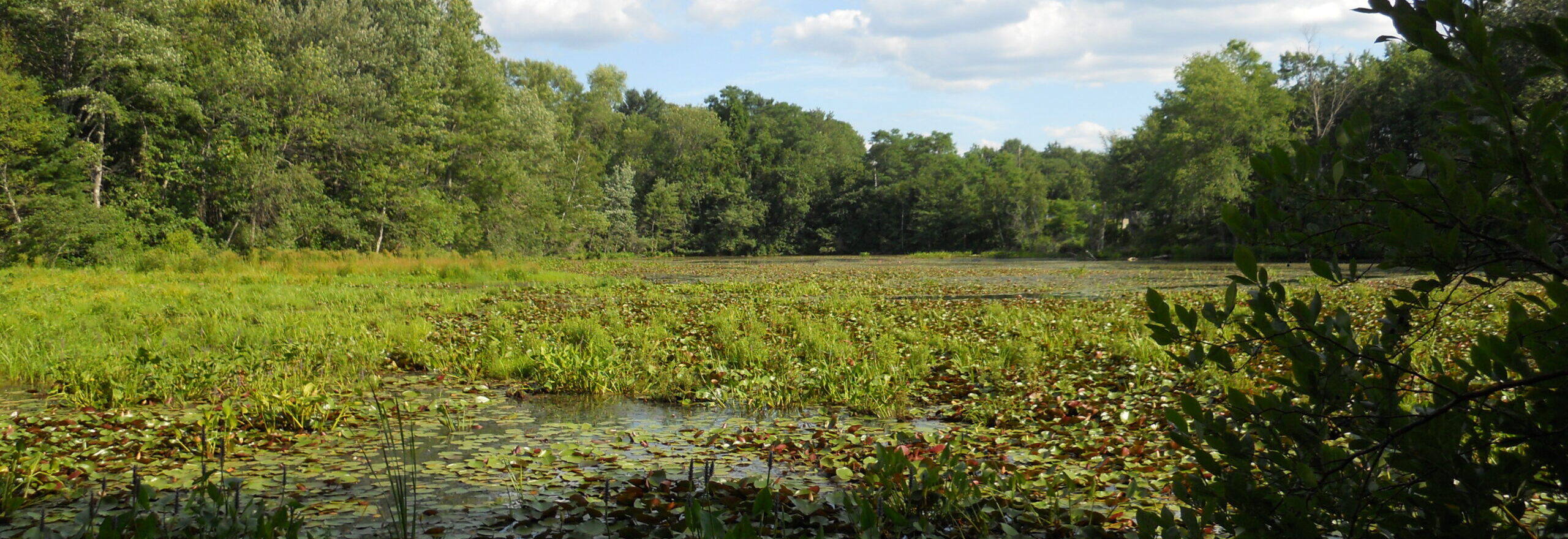We are fortunate to live in Newburyport and the surrounding communities, in large part because we have so much natural beauty and open space to enjoy. This is thanks to the varied groups, agencies, and involved locals who have acted to protect and expand these areas, from the Parker River National Wildlife refuge to Maudslay State Park, other local parks and open areas in town, and the Rail Trail along the Merrimack.
One organization which has been particularly involved and successful in preserving land is the Essex County Greenbelt Association. By way of just one example, Greenbelt led the recent effort to purchase the Artichoke River Woods in 2021. The Artichoke River Woods is on the western side of the Lower Artichoke Reservoir, off Route 113 on the Newburyport/West Newbury line.
The Artichoke River Woods encompasses 46 acres of woodlands, including pine, oak, hickory and juniper trees, and is home to red fox, gray fox, deer, turkeys, fishers, bobcats, weasels, mink, owls, wood ducks, and pileated woodpeckers. The intact forest, and a healthy wetland on the eastern section, help clean the water flowing into the Lower Artichoke Reservoir. This protected area also provides the opportunity for us to be in nature; it has trails and footpaths, accessed from a parking lot off Middle Street in West Newbury, which are open to the public and free of charge.
Preserving natural forests and wetlands near the reservoirs is critical to protecting Newburyport’s drinking water supply. The Upper and Lower Artichoke Reservoirs, together with the Indian Hill Reservoir in West Newbury, supply 80% of Newburyport’s drinking water. Forests and wetlands around these reservoirs, and elsewhere in the Artichoke River watershed, filter pollutants and help prevent them from entering the water supply. However, there is also significant development near these reservoirs, which puts our water quality at risk.
For example, among the pollution sources entering the reservoirs are the phosphorus containing fertilizers we apply to keep our lawns green and weed free. Excess phosphorus contributes to nutrient loading (seen visually as green algae overgrowth in the reservoirs). “Lush green lawns within the watershed is evidence of fertilizer use at residential properties . . . . Improper and excessive use of fertilizers . . . is a contributor to nutrient loading within the reservoirs” (Newburyport Watershed Protection Plan, September 2021, p. 3-1).
According to Don Kretchmer, a certified lake manager who has been advising city employees responsible for protecting Newburyport’s water supply, “there’s a pretty clear relationship” between development and deteriorating water quality. Pollutants from developed land enter the water supply when forests and natural ground cover are cut down and can no longer filter the water. Keeping forests and wetlands intact, therefore, has a direct and measurable difference on water quality in the reservoirs.
Greenbelt is looking to expand the conservation land around the Lower Artichoke Reservoir. It is under contract to purchase a 28-acre forested parcel to the north of the Artichoke River Woods and extend the trails and public access in that area. Greenbelt’s goal is to complete the purchase by the end of this year. If successful, this purchase will further protect Newburyport’s drinking water supply; the expanded trails in that area will provide a critical link in a proposed greenway stretching from Maudslay State Park to West Newbury’s Withers Conservation Area.
Acknowledgment and thanks must also be given to property owners who have elected to sell their properties below market price for conservation purposes. More of that community-minded thinking is needed if we are to stem the negative effects of development, and preserve the quality of our drinking water. All of this begins locally!
Jill Murphy
Newburyport resident
Passionate about a local issue? We want to hear from you. Check out our submission guidelines.
Subscribe to our Newsletter




Leave a Reply